How to clean a washing machine – easy ways to banish mould and odours
An effective step-by-step guide for cleaning a washing machine drum, detergent drawer, and door seal to ensure fresher laundry
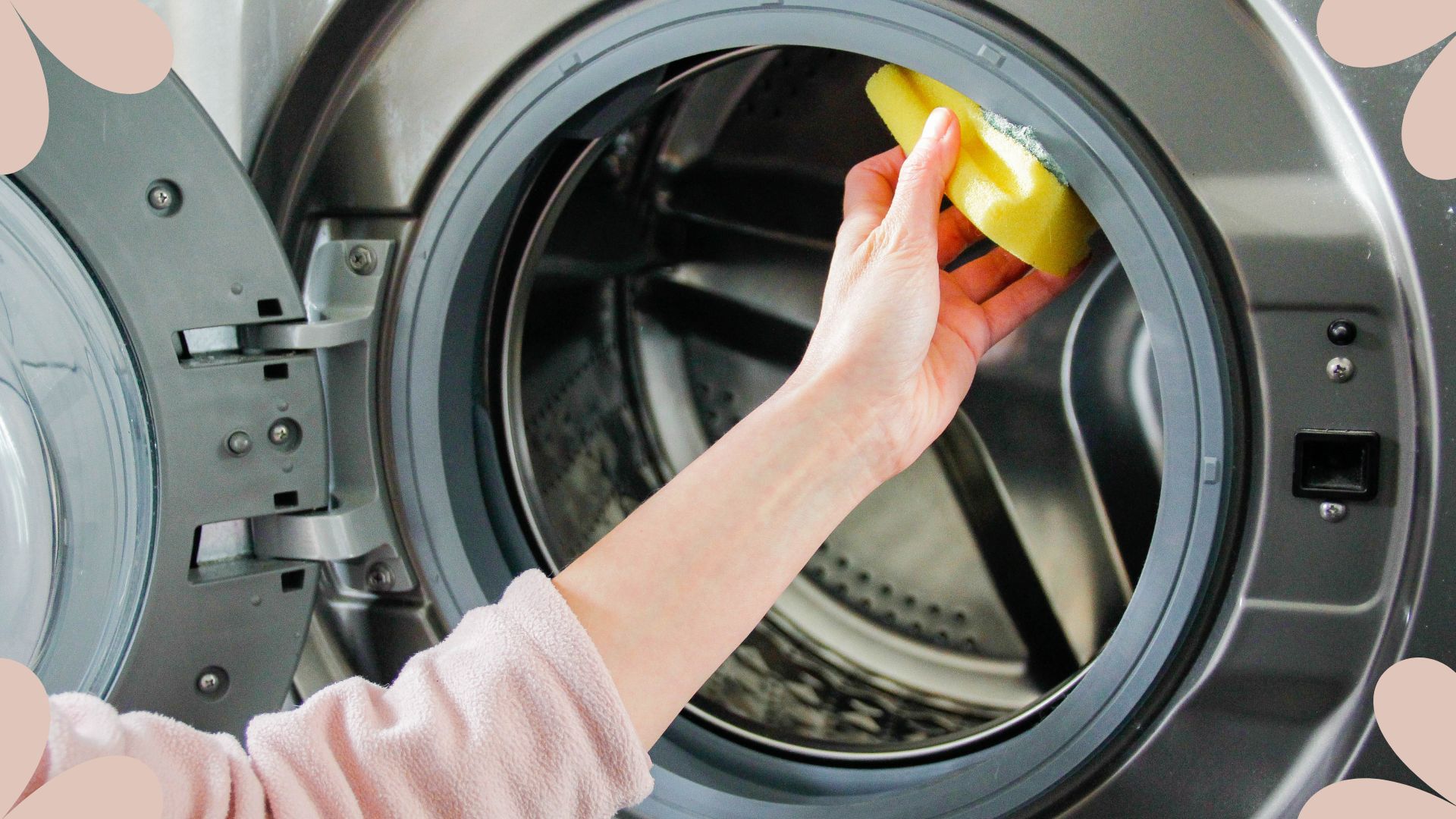

Emily Smith
Knowing how to clean a washing machine effectively is important for both the longevity of your machine and the freshness of your laundry.
Although a washing machine is a cleaning appliance, it's surprising just how dirty it can get. You've probably wondered why your washing machine smells one time or another, and cleaning it regularly can fix that.
As with the maintenance and cleaning of dishwashers, washing machines need regular care too, and so if you're cleaning your kitchen or putting together a cleaning checklist, ensure you add your white goods to the list too.
For your machine to continue to do its job well, it needs to be as clean as possible. That means cleaning all the components of the washing machine – drum, filter, and door seal included. Here are the basic steps you need to take to ensure you give your washing machine a thorough, deep clean.
How to clean a washing machine in 3 simple steps
The best way to clean a washing machine will vary from household to household and depend on what machine you have, as many newer models have their own built-in washing cleaning cycle.
What you use to clean a washing machine will also depend on personal choice, your machine and what level of maintenance it needs. For a routine clean, many supermarkets sell cleaners you can simply pop in the appliance and set to work.
However, for a deeper clean, a clean that tackles specific issues like mould or if you'd prefer to try a tested organic, natural cleaning method, we've also included the best ways to freshen up your washing machine in those ways below, too.
Sign up to our free daily email for the latest royal and entertainment news, interesting opinion, expert advice on styling and beauty trends, and no-nonsense guides to the health and wellness questions you want answered.
1. Run an empty cycle
Get into a habit of doing a high temperature, 60°C cycle without a washing load inside. It doesn't have to be a long cycle, but the higher temperature is key because this heat will help to kill off lurking bacteria and mould.
When you run this cycle, you can use a number of cleaning products, including bleach and vinegar (scroll down for an in-depth guide on how to do this).
You can also just run the empty washing machine with some detergent, but if you do, remember to put the cycle on with at least 50% less detergent than you'd use to wash clothes. If you use the full amount, you can cause an excess amount of lather because there are no clothes to absorb the excess water and suds.
Ideally, you'd run this cycle without detergent and use a washing machine cleaning product instead.
We recommend Ecozone’s Washing Machine & Dishwasher Cleaner as a great ecological way to clean. The added bonus of a specialist product means it also helps to get rid of the limescale that has built up in the drum and pipework over time, which is sometimes needed to prevent long-term damage. You can afford to do this every few months, adopting the free methods at more frequent intervals.

RRP: £5.99 | If you're looking for a cleaner that will properly sanitise and descale your machine, this one from Ecozone is perfect. It'll keep your machine working at its best whilst being environmentally friendly.
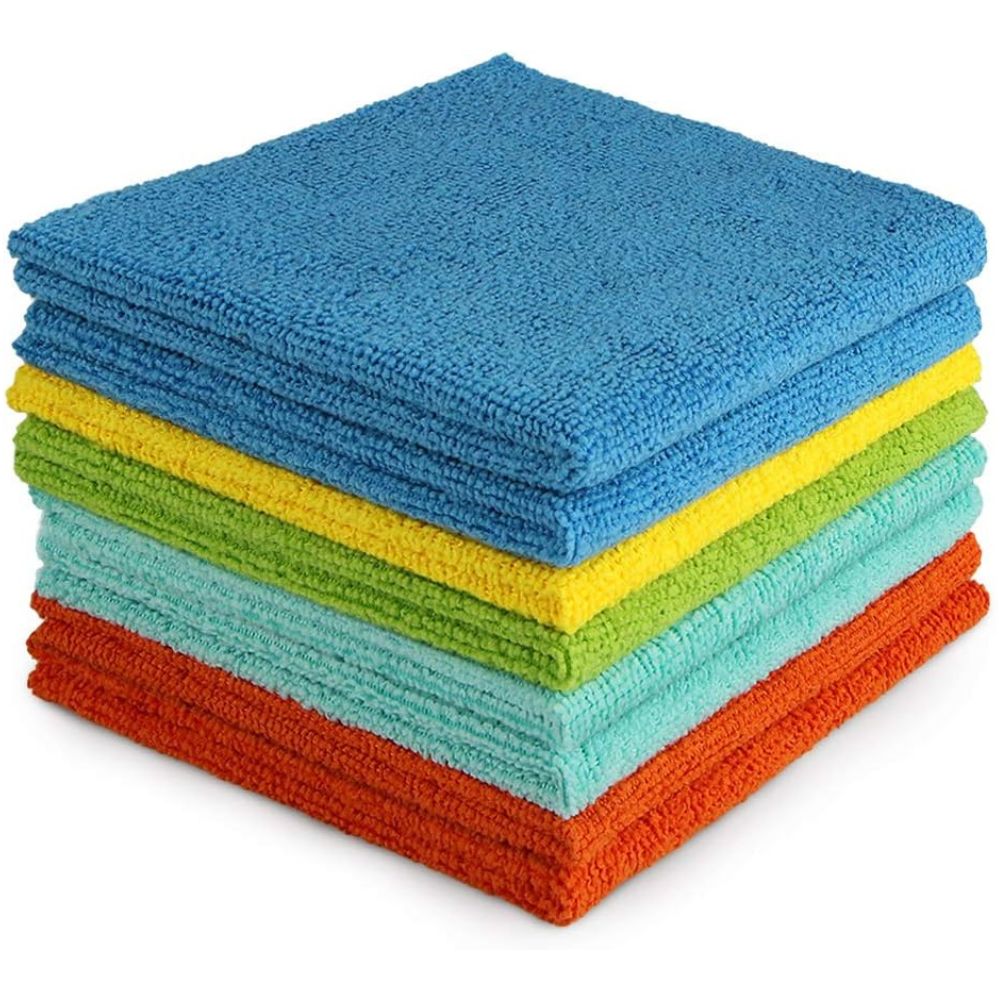
RRP: £3.99 | This is a hero product every cleaner should have in their home, especially when it comes to outdoor cleaning. The microfibre properties will help remove any dirt and grime from your pots whilst also being a great porous fabric for drying.
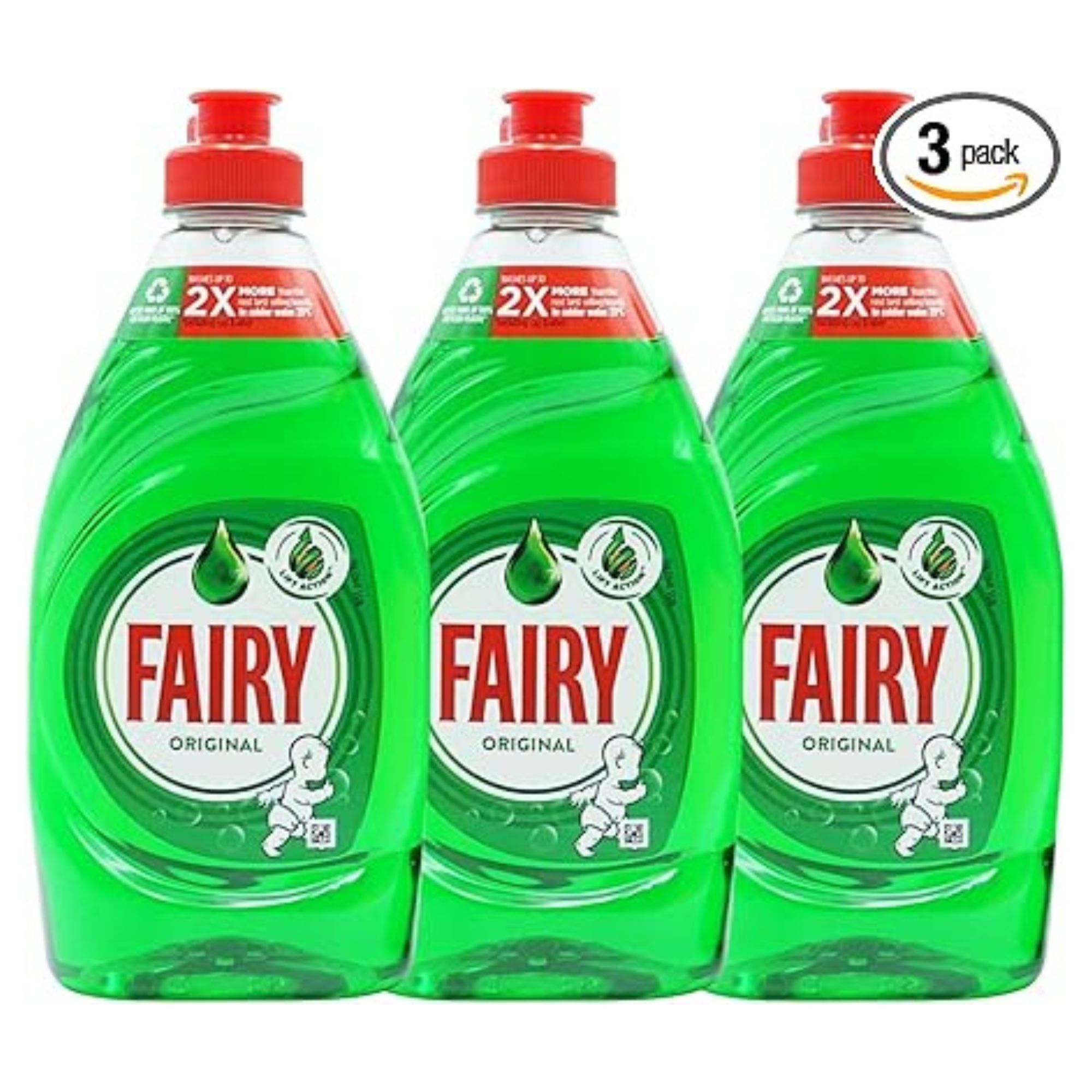
RRP: £8.95 for 3 x 320ml | Dish soap really is the wonder product when it comes to cleaning, especially in places where you don't want to use lots of chemicals.
2. Clean the outer shell
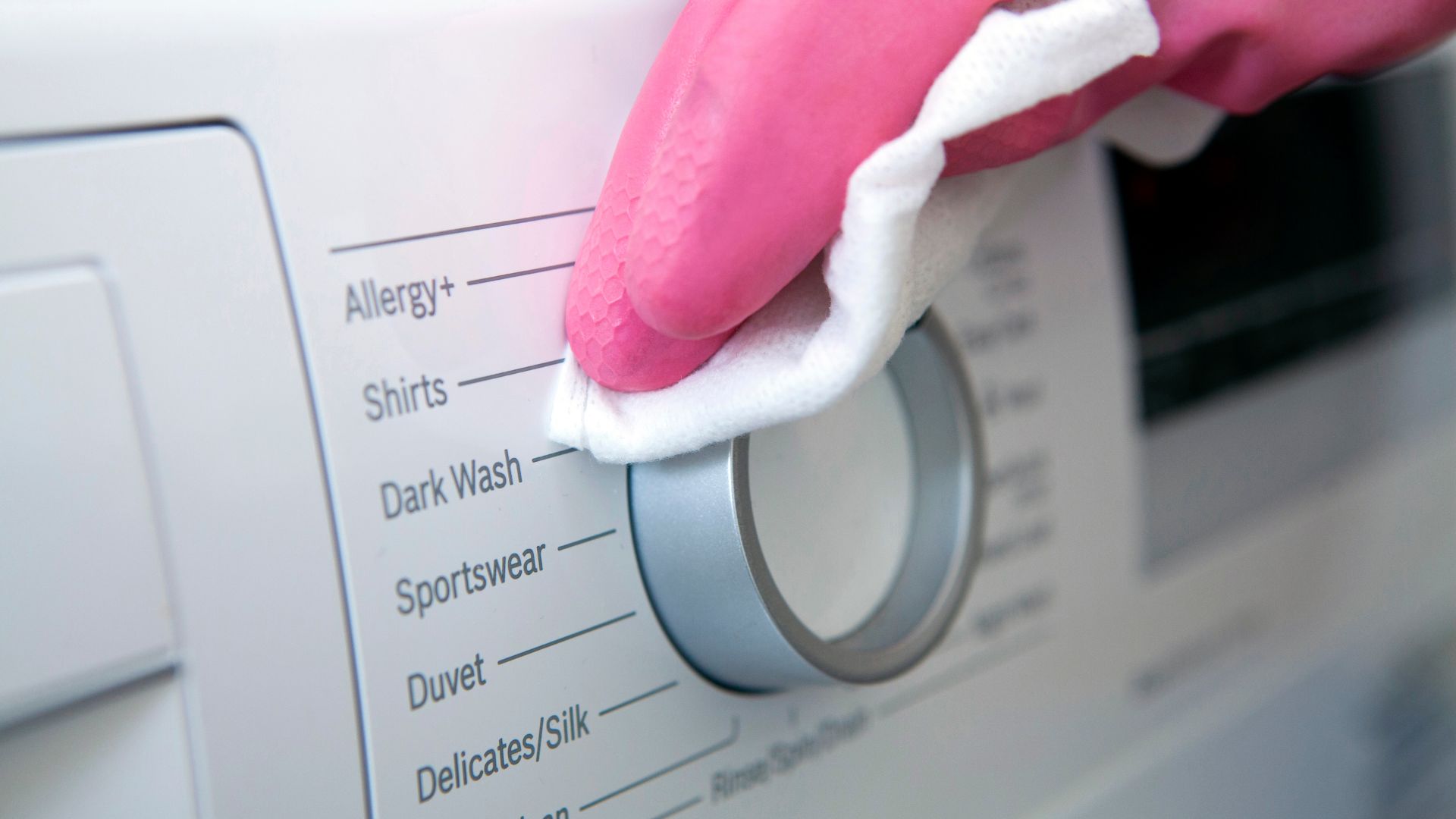
Although the front is less likely to harbour bacteria and germs, it is the part of the washing machine that is seen most, so it still needs to look clean and hygienic, especially if you want the kitchen to smell good and look tidy.
"Always keep the outer shell of the washing machine clean. This operation does not take much time: simply dust with a damp cloth," explains Ben Peach, Laundry Product Manager at Hoover. "The same thing applies to the glass on the door - clean it regularly with a damp cloth and it will shine like a new-brand one."
3. Wipe the rubber door seal
Don't forget to clean the washing machine's door seal, as this is where hidden germs are lurking. Think about the excess moisture that is brushed past the seal with every load, leaving the potential for dampness and bacteria to build up. Forgetting this step is a major laundry mistake that could lead to mould and bed smells.
"Clean around the inside rubber door seal, as this is an area that will see a build-up of bacteria and bad odours", advises Ben.
Simply use a damp, soapy cloth to gently trace the rubber seal to remove excess residue from the last laundry wash. Just ensure you don't pull the seal away from the door, as this can damage the watertight seal when the door is closed.
How to clean a washing machine with vinegar
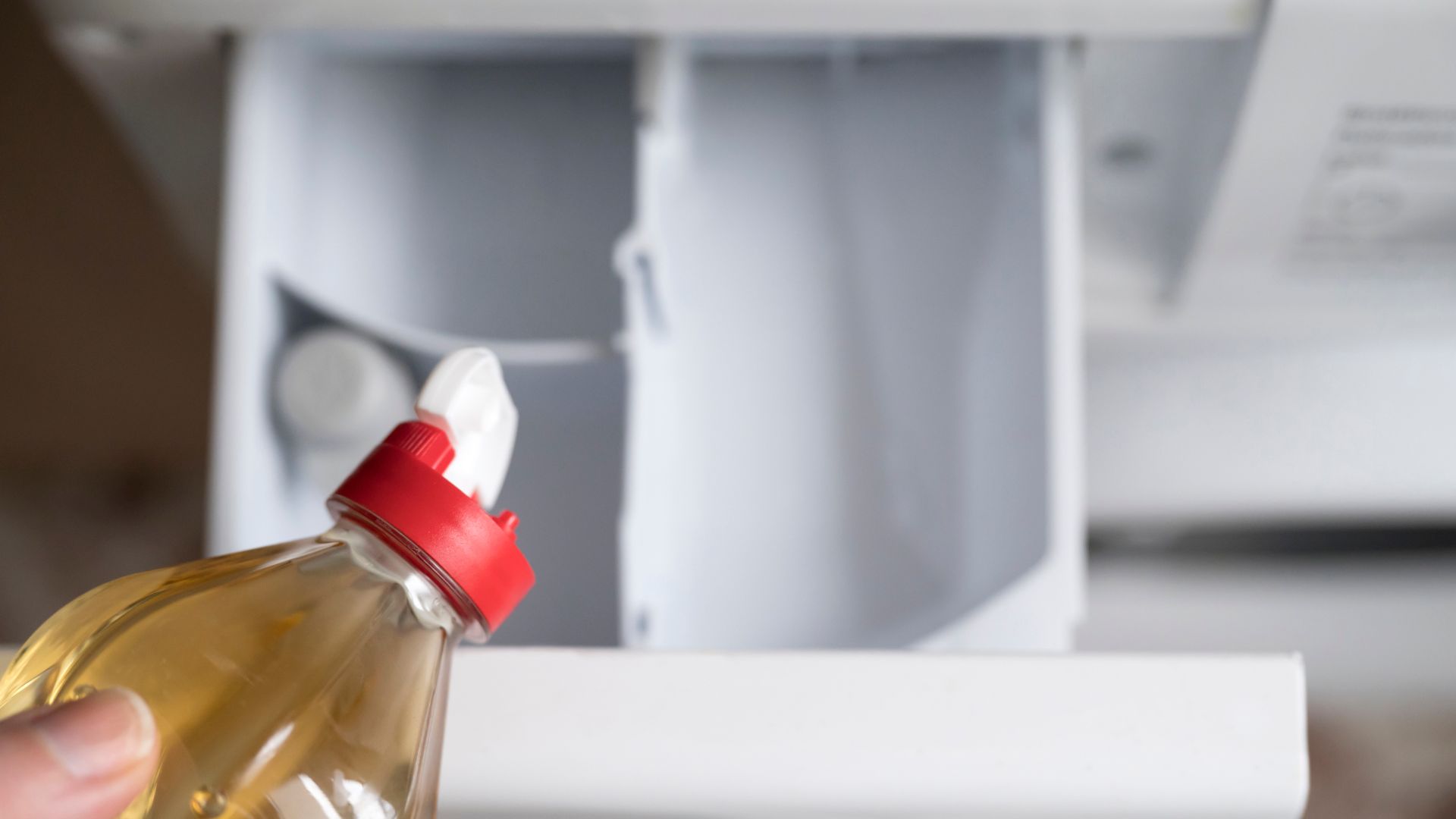
As with all cleaning chores, there are lots of natural, organic remedies and cleaning hacks that have been tried and tested as an alternative to chemical cleaners like bleach.
Cleaning with white vinegar is the go-to product for many homemade household cleaners and can be used for everything from cleaning a BBQ to cleaning matt kitchen cupboards because of its natural acidic qualities. You can make an effective washing machine cleaning solution by mixing white vinegar with bicarbonate of soda.
Not only is this DIY cleaning method an eco-friendly, sustainable living option, but it is also a cost-effective option, with many of the ingredients commonly found in kitchen cupboards.
What you will need:
- Two cups of white distilled vinegar
- 1/4 cup of bicarbonate of soda
- 1/4 cup of water
- A sponge scourer
Directions:
- Start by mixing the bicarbonate of soda and water in a small bowl. This will make a mixture that resembles the detergent for cleaning the washing machine. Pour the white vinegar into a measuring cup.
- Add the bicarbonate of soda mixture to the detergent container of your machine and pour the vinegar into the machine’s drum. Set your washer to normal load at the hottest water setting. Close the door and start the machine, letting it do all the hard work for you. The baking soda and vinegar naturally break up mineral deposits and any mould growth while cleaning and refreshing your washing machine.
- Use a clean scouring sponge to rub around the opening of the washing machine, removing stubborn mould or residue. Wipe clean with fresh water.
- Once the process has finished, the result should be a sparkling clean washing machine that smells good. Just be sure to give it a clean once a month to keep your clothes smelling fresh and your machine working in perfect condition.
- Remember to continue to keep the mould at bay: all you have to do is keep the washing machine door open after the wash is complete, as many domestic machines are so well sealed they don’t get as much air as top-loading machines. The door doesn’t need to be left wide open, just kept off the latch to give it enough airflow to keep the mould from coming back.
How to clean a washing machine with bleach
“Before using bleach to clean your washing machine, you must double-check your machine’s manual to check you’re okay to use it and that it won’t cause damage to your appliance", advises Mark Greig, at Marks Electrical. "Most of the time, it is absolutely fine to clean your washing machine with bleach, though, and it’s the best way to give your machine an intensive clean."
“Once you’ve checked it’s safe to use bleach on your washing machine, you need to clean the filter and gasket. The filter traps all the large things that accidentally go into the machine, and if it becomes too full, it can make your washing machine ineffective."
“Now your machine is ready for a deep clean. Add half a cup of bleach directly into your washing machine's drum, and half into your detergent drawer. Run an empty hot wash. If you can pause your wash once the machine has filled with water, do so for a good hour. Then start the cycle again. Run an extra rinse cycle to ensure all the bleach has been removed. Once it's finished, wipe down the inside of the door and dry out the seals."
Ensure your washing machine is clean and clear of all bleach-based products before adding any clothes to the drum and putting a wash on.
How to clean a washing machine drawer

The detergent drawer itself should never be overlooked when cleaning a washing machine, as it is the most common area where you will start to see a build-up of residue. Seeing the residue makes it the most likely part of the machine you will want to clean.
"The detergent we pour into the dispenser for the laundry is not always used completely by the washing machine. The detergent that isn’t used remains encrusted in the drawer and transforms into mould," explains Ben. "To effectively clean it and get rid of the bacteria, you can easily remove the drawer, then soak it for half an hour in hot water. To remove the mould from hard-to-reach corners, you can use a toothbrush."
To get the drawer sparkling clean, we suggest simply adding washing-up liquid in the cleaning steps above, for added cleanliness. Ensure the drawer is dry before placing it back, to avoid any damp odours.
Get into a habit of cleaning your washing machine drawer weekly or fortnightly because it will make cleaning it an easier task with less detergent to soak off. Because the detergent drawer doesn't have the bonus of a water flow, like inside the drum, to aid with self-cleaning, it's all on you.
How to clean a washing machine filter
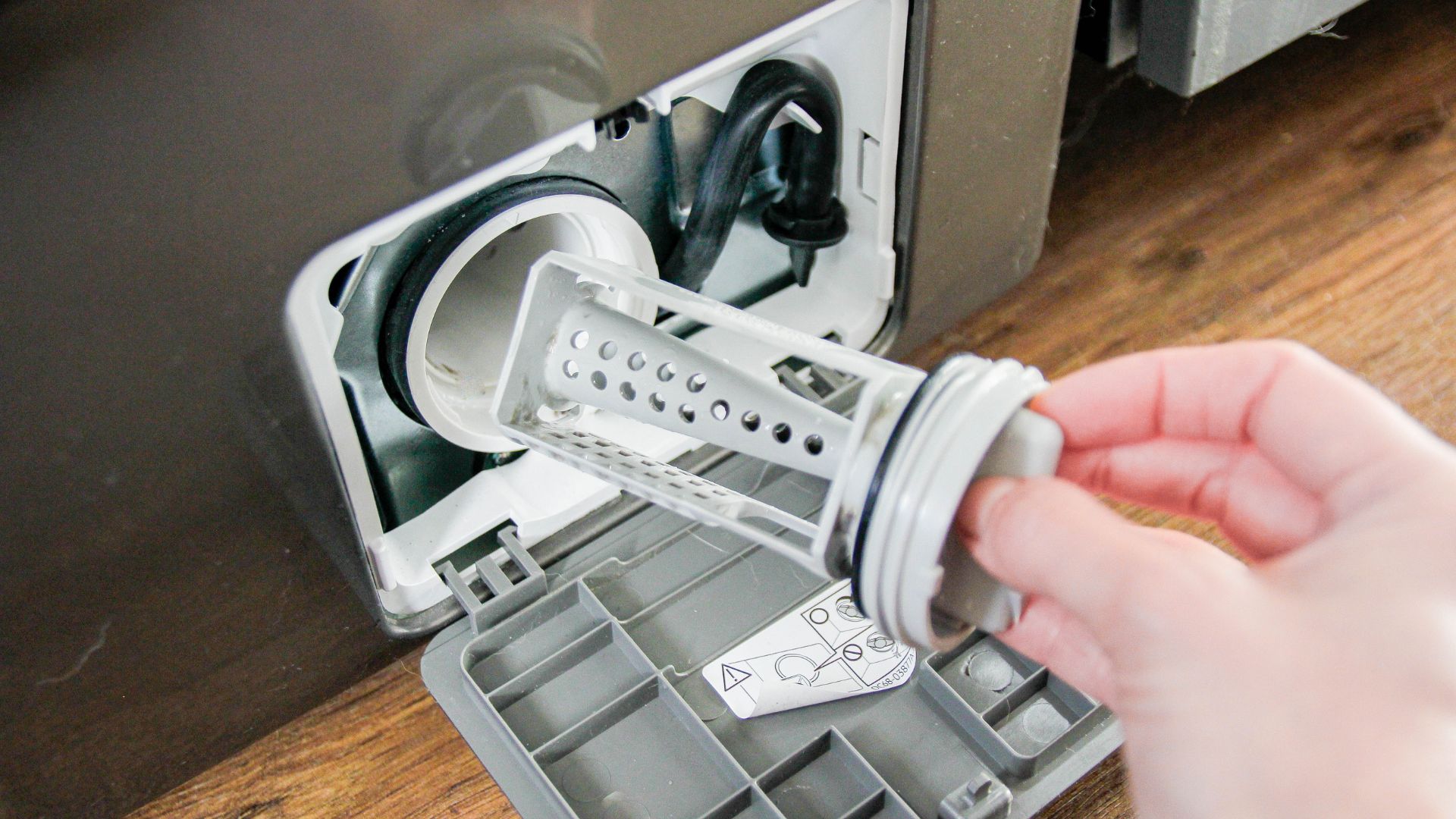
Cleaning a washing machine filter is a simple but necessary step to not only provide a better laundry clean but to prolong the life of your machine.
The filter, often located in a door under the drum, is the element within the machine that collects stray clothes fibres, hair, fluff, and the odd coin to prevent these items from getting into the pump and wreaking havoc with the machine.
To clean it, simply take it out, with caution of items and water spilling out into the kitchen floor, empty the filtered paraphernalia into the waste and wipe the filter with a damp cloth before replacing it.
Check your manufacturer's manual to see how to remove and replace the filter efficiently.
FAQs
How often should you clean a washing machine?
If you want to keep your washing machine in tip-top shape, cleaning a washing machine shouldn't be a once-a-year spring clean job.
So, how often do the experts recommend cleaning a washing machine? "Once every two months, do an empty load wash at 60°C," advises Ben. Or follow one of our cleaning steps above, at the same 2 monthly cycles.
A Dr. Beckmann spokesperson agrees that regularly cleaning your machine will make a difference: “It’s important to make sure your washing machine gets cleaned regularly, as bacteria can build up, leading to unpleasant odours. We recommend washing your machine every 2 months, or every 30 washes, to ensure the appliance stays clean and to reduce the risk of a build-up of limescale."
Mark Kershaw, Group Head of Sustainability at Crest Nicholson, adds: "There are several quick fixes when it comes to increasing the productivity of appliances. Thereby ensuring they don’t have to work harder and/or longer to get the job done. For example, make sure you regularly clean your washing machine filters and do maintenance cycles to enable them to work their best. This will ultimately lower their running costs, too."
It can help to bear in mind a few top tips for maintaining its freshness between cleans too:
- Every time your washing machine begins to get a bit smelly, you can add soda crystals to your detergent drawer and put it on a hot and empty wash. This will help to kill bacteria and remove any built-up grime. It’s best to do this often, to keep on top of your machine’s cleanliness.
- Leave the washing machine's door and drawer open as often as you can to give it a good airing – and perhaps deploy one of the best air purifiers to get rid of any excess moisture.
- Once the washing is complete, remove the finished load immediately, transfer it to the dryer, or put it to dry. Leaving the laundry wet inside the washing machine can cause mould and mildew to fester.
How can I deep clean my washing machine?

In the same way you give your home a deep clean every now and then, your washing machine can benefit from one too.
"Deep cleaning your washing machine isn’t just about wiping down the outside; the most important thing you can do is tackle the grime that might be lingering inside. First, clean out your detergent drawer," says Katy Roberts, washing machine expert at AO.com.
"Pull this out and soak it in hot soapy water before scrubbing this with an old toothbrush to loosen any gunk or build-up. Next, you should scrub down the rubber door seal as this area is notorious for harbouring mould," she recommends.
Katy advises you to wipe down the rubber seal with a cloth using a baking soda and white vinegar mix, making sure you get into all the folds. Once you've done all this, she says it's a good idea to run your washing machine on a hot empty wash.
"This flushes out bacteria, odours and any residue that might be lingering in your washing machine. Now you’ve tackled your washing machine’s innards, you can wipe down the outside with a damp cloth to leave it looking spick and span," she continues.
What is the best thing to clean a washing machine with?
While there are a good many things you should never put in your washing machine, we asked the experts what the best cleaner is. That way, when you don't have time for trial and error, you'll have the best method to get on with.
"You’re probably sitting on the best homemade solution with everyday household items, without you knowing it! Mix 250ml of white vinegar with 2 tablespoons of bicarbonate of soda," advises Katy.
"Pop this mix into your washing machine’s detergent drawer and watch as it breaks down limescale, removes odours and bacteria without using any harsh chemicals," she adds.
An alternative cleaner she recommends uses citric acid. She says it's a natural descaler and you can add a few tablespoons to the detergent drawer the next time you're running a hot wash. It's said to be great for tackling hard water residue and limescale!
Should you find your washing machine is making your clothes smell bad, you might be making a surprising yet common laundry mistake with fabric conditioner.

Suzanne Baum is a well-known lifestyle journalist who has written across fitness, health, wellbeing, news and features for almost 20 years. Previously deputy editor of Fit&Well, Suzanne has regular columns in all the leading publications, including the ES and Glamour. As well as writing beauty columns for IndyBest, ES Best and the i paper, Suzanne is a celebrity interviewer, with her byline published almost daily. Suzanne is interested in all fitness and wellbeing-related products, as well as everything lifestyle.
- Emily SmithDigital lifestyle writer